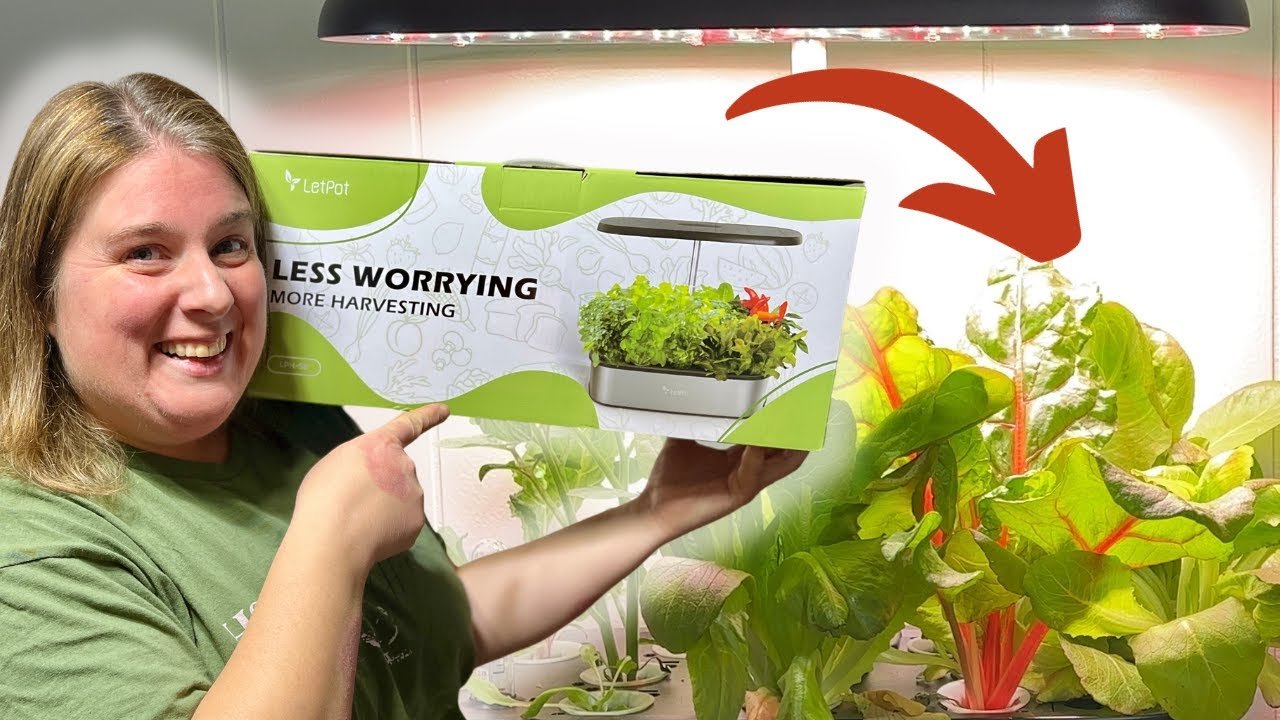A Small-Town Adventure in Aquaponics
I’d always fancied myself a bit of a mad scientist, but I’d never really put that to the test until the day I decided to build an aquaponics system in my backyard. You know, the kind where fish and plants coexist in a mystical cycle that basically tells Mother Nature, “Hey, we’ve got this.” Well, let me tell you, it’s a lot easier said than done, my friend.
The Spark of Inspiration
It all started one rainy afternoon while sipping coffee on my porch. I was scrolling through some Instagram posts and saw lush greens thriving in a clear tank filled with fish. They all looked so happy, living in harmony. “I can totally do that,” I thought, fueled by half a dozen home improvement shows on cable. Fast forward a few weeks, and I was knee-deep in plastic containers and PVC pipes, my trusty old drill ready for action.
I scavenged through the shed, pulling out old aquarium tools I’d forgotten about, as my husband looked on with a mix of admiration and disbelief. The smell of damp wood and an assortment of abandoned projects filled the air as I played Tetris with the odd bits and pieces I found. My heart raced at the thought of impending victory.
The Build Begins
The plan was simple—create a system where fish waste fertilized the plants, and the plants filtered the water for the fish. I eventually settled on keeping tilapia, mainly because they’re seemingly bulletproof and grow fast. Plus, in the back of my mind, I was dreaming of fresh fish tacos one sunny day.
Building the system was like attempting to perform brain surgery with a wrench. You think you’ve nailed it until you realize halfway through that you bought the wrong size of PVC pipe. “How hard can it be?” I muttered to myself as I made yet another trip to the hardware store.
When it came to securing the water pump, that was the real test of patience. I had decided on an old submersible pump left over from the time when I thought I could keep goldfish alive. Turning it on for the first time felt like a mini-unveiling, but instead of gentle gurgling, the pump sputtered, coughed, and then nothing. Just dead silence.
I almost gave up then and there, angrily wiping my forehead, but I pushed through. I took it apart, wrestled with the wires, read countless online forums, and finally hobbled together a Frankenstein solution. The fish were waiting, after all, and I felt a bit responsible for their future.
The First Signs of Trouble
After much trial and error, the system was finally running—water filtered, fish swimming lazily, and I was feeling quite proud. But oh, how quickly the tides turned. One morning, I stepped outside to a smell I can only describe as “a little too much compost meets regrets.” There it was, the water had turned a murky shade of green, so vibrant it could only mean one thing: I had overlooked something crucial.
I learned that aquaponics isn’t just a set-it-and-forget-it hobby; it needs attention. The algae, that green menace, was taking over, and I felt helpless watching my dreams slip away with every pixel of green. I thought of tossing the whole system into the neighbor’s yard, but I stubbornly stuck around. There was a lesson here somewhere.
Armed with my coffee cup, I dove into research—I knew I had to fix the balance. After a frenzy of cleaning the tank, adjusting the pH levels, and remembering to check the fish’s ammonia levels (they can be quite volatile, you see), I felt like I might actually be on the right track.
Turning a Corner
Weeks went by, and despite the setbacks, I saw tiny sprouts pushing through the grow bed, fingers of green reaching for sunlight. I realized I was learning more than just how to raise fish and plants; I was learning patience and the ability to laugh at myself. Every time I heard a “weird sound” from the pump, it was a gentle reminder that trial and error was part of the journey.
The biggest surprise came when I found a long-lost bucket of old leaves from my kitchen in the shed. They were the organic matter I needed! A pinch of that mixed in with the water and medication helped remedy the water quality issues I had been struggling with. Who knew compost could be the key to an aquaponics utopia?
A Rewarding Harvest
Months later, with fish happily darting around and a basil plant that could shade a small child, I harvested my first batch of greens. I tossed some into pasta, and let me tell you, that fresh taste was something else. And the fish? They actually survived! My little victory dance must have looked ridiculous, but I didn’t care.
The Warm Takeaway
So here I am, years later, still tinkering with my little aquaponics system. I’ve tried again and again, and yes, I’ve lost fish and had plants flop, but every single setback taught me something new. If you’re out there in your small town, daydreaming about creating your own organic hydroponic operation, let me tell you—don’t sweat it. Just start.
The stumbles, the lessons, and the occasional failures are just as important as the successes. You’ll figure it out along the way, and maybe, like me, you’ll find yourself with a community that springs up around it.
Feeling inspired? Join the next session to dive deeper into this wild world of aquaponics and organic gardening! Reserve your seat here! You’ve got nothing but a fantastic adventure ahead.







Leave a Reply